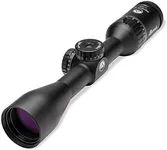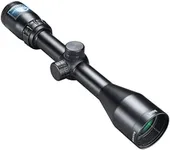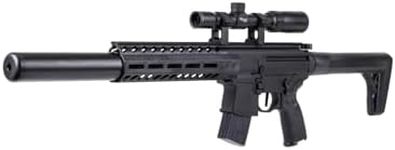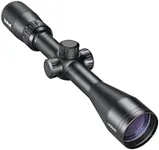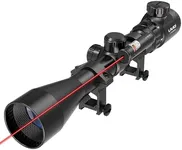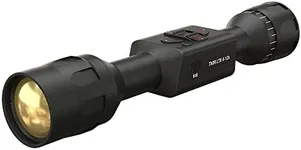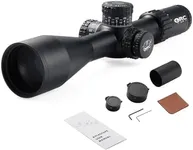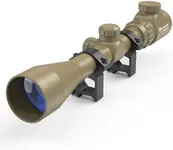Buying Guide for the Best Scope For Pellet Gun 177
Choosing the right scope for your .177 pellet gun can significantly enhance your shooting accuracy and overall experience. A scope helps you to see your target more clearly and aim more precisely. When selecting a scope, it's important to consider several key specifications to ensure it meets your needs and preferences. Understanding these specs will help you make an informed decision and find the best fit for your shooting style and requirements.MagnificationMagnification refers to how much closer the target appears through the scope compared to the naked eye. This is important because it determines how well you can see and aim at distant targets. Scopes typically have fixed or variable magnification. Fixed magnification scopes (e.g., 4x) are simpler and often more durable, while variable magnification scopes (e.g., 3-9x) offer more flexibility for different shooting distances. If you primarily shoot at a consistent distance, a fixed magnification scope might be sufficient. For varied distances, a variable magnification scope is more versatile.
Objective Lens DiameterThe objective lens diameter is the size of the front lens of the scope, measured in millimeters. This spec is important because it affects the amount of light that enters the scope, impacting the brightness and clarity of the image. Larger objective lenses (e.g., 40mm or 50mm) allow more light, which is beneficial in low-light conditions but can make the scope heavier. Smaller objective lenses (e.g., 32mm) are lighter and more compact but may not perform as well in dim lighting. Choose a size that balances your need for brightness with the weight and size of the scope.
Reticle TypeThe reticle, or crosshair, is the aiming point you see when looking through the scope. Different reticle types can suit different shooting styles and preferences. Common types include duplex, mil-dot, and BDC (bullet drop compensator). A duplex reticle is simple and easy to use, making it a good choice for general shooting. A mil-dot reticle helps with range estimation and windage adjustments, ideal for more advanced shooters. A BDC reticle is designed for long-range shooting, allowing for quick adjustments based on distance. Choose a reticle that matches your shooting needs and skill level.
Eye ReliefEye relief is the distance between your eye and the scope at which you can see the full image. This is important for comfort and safety, especially with pellet guns that have recoil. Scopes with longer eye relief (e.g., 3-4 inches) provide more flexibility in positioning your eye and reduce the risk of injury from recoil. Shorter eye relief (e.g., 2-3 inches) may be sufficient for low-recoil pellet guns but can be less comfortable. Consider the recoil of your pellet gun and your comfort preferences when choosing eye relief.
Parallax AdjustmentParallax adjustment allows you to correct the parallax error, which occurs when the target and the reticle are not on the same focal plane. This is important for maintaining accuracy at different distances. Scopes with parallax adjustment (often marked as AO for adjustable objective) let you fine-tune the focus for different ranges, improving precision. Fixed parallax scopes are set for a specific distance, usually around 100 yards. If you shoot at varying distances, a scope with parallax adjustment is beneficial. For consistent, short-range shooting, a fixed parallax scope may be adequate.

